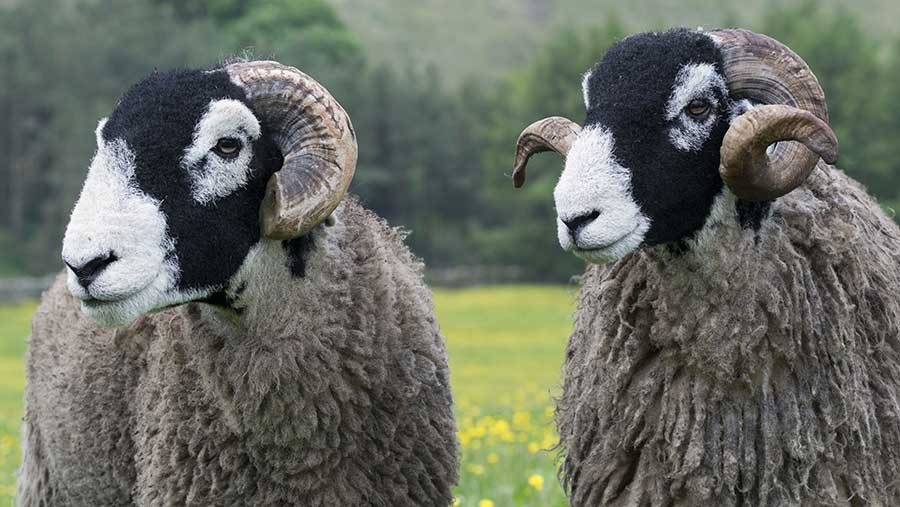Rewilding debate: 6 farming myths unpicked
 © FLPA/Wayne Hutchinson/REX/Shutterstock
© FLPA/Wayne Hutchinson/REX/Shutterstock Rewilding is in the news again and guaranteed to raise passions on both sides of the debate.
At the BBC Countryfile Live event on 4 August. George Monbiot forcefully laid out his case that sheep grazing in the uplands results in environmental damage and is unproductive.
We asked John Davies, NFU Cymru deputy president, also present at the event, to respond to some of Mr Monbiot’s statements from a Welsh farming perspective.
See also: Farm leaders blast Monbiot over rewilding claims
1. There are scarcely any trees above 200m in our uplands
The uplands of Wales contain 220,000ha of woodland and covers 19% of the total land area. 72% of all the forestry and woodland is located in the uplands of Wales.
2. Sheep alone have done more damage to the environment in Britain than all the building that has ever taken place in this country
The Welsh landscape, which underpins the tourism sector in Wales worth £2.5bn annually, is the result of grazing livestock over hundreds of years. It is a managed rather than a natural landscape.
3. Sheep farming is almost entirely unproductive, with one or two sheep per hectare
Wales has a diverse range of sheep farming systems and stocking rates vary widely.
4. Without subsidies the sheep farming industry would not continue
The future of the industry depends on a range of factors that will include future government policy, but most importantly trade policy and consumer demand. PGI Welsh Lamb is a world renowned product with keen consumer interest and a diverse range of markets.
5. Wales imports seven times the amount of lamb it produces
It is estimated that about 95% of the lamb produced in Wales is consumed outside of Wales. Approximately 60% of the lamb produced in Wales is consumed elsewhere in the UK with the remaining 35% exported.
In 2015 Welsh Lamb exports outside of the UK were worth over £105m to the economy of Wales. In addition, thousands of people are employed on farm holdings in Wales and in its processing sector, adding value to our lamb prior to being sold on the UK retail market or exported.
6. Europe has a forest cover of 37% and the UK has 13%
Woodland covers 14% of the land surface in Wales; this has increased from 4% in 1905.
